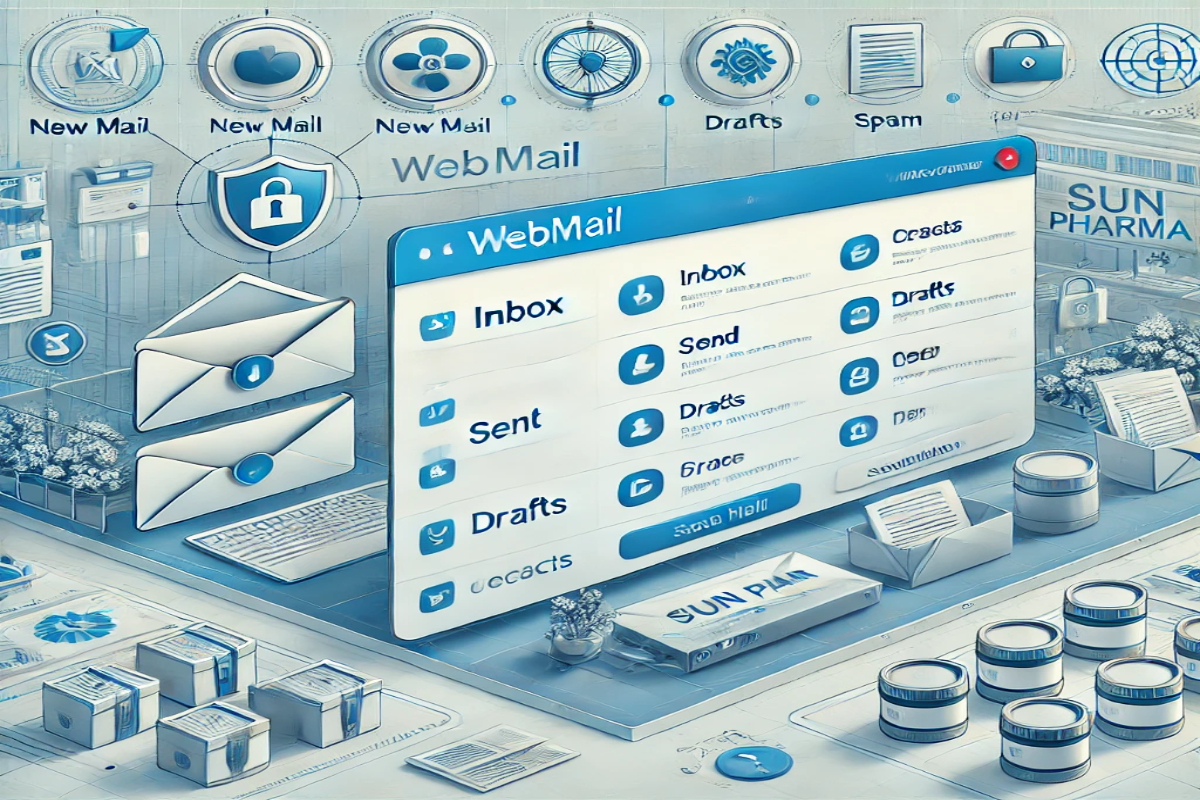In today’s digitally interconnected world, the need for efficient and secure file sharing has never been more critical. “Files Over Miles” is a phrase that encapsulates the essence of modern file transfer solutions, where distance is no longer a barrier to sharing information. This guide will delve into the various aspects of “Files Over Miles,” exploring the best practices, tools, and technologies that enable seamless file sharing across vast distances.
Understanding the Concept of Files Over Miles
Files Over Miles refers to the ability to share files quickly and securely, regardless of geographical location. This concept is crucial for businesses, remote teams, and individuals who need to collaborate without the constraints of physical distance. The evolution of internet technologies has made it possible to transfer large files in a matter of seconds, breaking down barriers and enhancing productivity.
The Importance of Efficient File Sharing
Efficient file sharing is vital for several reasons:
- Collaboration: It allows teams to work together on projects, even if they are located in different parts of the world.
- Productivity: Quick file transfers save time, enabling faster decision-making and execution.
- Security: Secure file sharing protects sensitive information from unauthorized access.
- Convenience: Easy access to files anytime, anywhere, enhances flexibility and convenience.
Key Technologies Enabling Files Over Miles
Several technologies have been instrumental in making Files Over Miles a reality:
-
Cloud Storage Services:
- Google Drive: Offers generous storage space and integrates seamlessly with other Google services.
- Dropbox: Known for its user-friendly interface and robust file synchronization capabilities.
- OneDrive: Provides excellent integration with Microsoft Office and other Microsoft products.
-
File Transfer Protocols:
- FTP (File Transfer Protocol): A standard network protocol used to transfer files from one host to another.
- SFTP (Secure File Transfer Protocol): An extension of FTP that provides secure file transfer capabilities.
- FTPS (FTP Secure): Combines the functionality of FTP with the security of SSL/TLS.
-
Peer-to-Peer (P2P) Networks:
- BitTorrent: A decentralized method of distributing large files efficiently by splitting them into smaller pieces.
- Resilio Sync: Uses P2P technology for fast and secure file synchronization across devices.
-
Email and Messaging Apps:
- Gmail: Allows users to send attachments up to 25MB directly or larger files via Google Drive links.
- WhatsApp: Enables easy sharing of documents, images, and videos through its messaging platform.
Best Practices for Secure File Sharing
Security is a top priority when sharing files over the internet. Here are some best practices to ensure your files remain safe:
- Use Strong Passwords: Protect your accounts with strong, unique passwords to prevent unauthorized access.
- Encrypt Files: Use encryption tools to protect your files before sharing them.
- Choose Reputable Services: Opt for well-known and trusted file sharing services that offer robust security features.
- Regularly Update Software: Keep your file sharing tools and software up to date to protect against vulnerabilities.
- Set Permissions: Control who can view, edit, or download your files by setting appropriate permissions.
The Future of File Sharing: Emerging Trends
The landscape of file sharing is continually evolving. Here are some emerging trends that will shape the future of Files Over Miles:
-
Increased Use of AI and Automation:
- AI-powered tools can automate file organization, categorization, and even predict the need for certain files, making file sharing more efficient.
-
Enhanced Security Measures:
- Advancements in encryption and cybersecurity will further protect files from breaches and unauthorized access.
-
Greater Integration with Other Services:
- File sharing services will continue to integrate with other productivity tools, creating seamless workflows and enhancing collaboration.
-
Blockchain Technology:
- Blockchain can provide a secure, transparent way to track file transfers and ensure data integrity.
-
5G Technology:
- The rollout of 5G networks will significantly increase file transfer speeds, making it easier to share large files quickly and reliably.
Tools for Effective File Sharing
To make the most of Files Over Miles, consider using the following tools:
- WeTransfer: A user-friendly platform for transferring large files up to 2GB for free, with paid plans offering even larger transfer limits.
- Send Anywhere: Allows unlimited file sharing with secure encryption, ideal for both personal and business use.
- Tresorit: Focuses on end-to-end encrypted file sharing, providing robust security for sensitive information.
- pCloud Transfer: Offers up to 5GB of free file transfer with optional password protection for added security.
Conclusion
In conclusion, Files Over Miles is a powerful concept that highlights the importance of efficient and secure file sharing in our interconnected world. By leveraging the right technologies, following best practices, and staying abreast of emerging trends, individuals and businesses can ensure that they share files seamlessly, securely, and effectively across any distance. Whether you are a remote worker collaborating with a global team or a business seeking to enhance productivity, embracing Files Over Miles will undoubtedly give you a competitive edge in today’s digital landscape.
FAQs About Files Over Miles
Q1: What is the best service for transferring large files? A1: Services like WeTransfer, Send Anywhere, and pCloud Transfer are excellent for transferring large files due to their high transfer limits and robust security features.
Q2: How can I ensure my files are secure during transfer? A2: Use encryption, strong passwords, reputable services, and keep your software updated to ensure secure file transfers.
Q3: What are the advantages of using cloud storage for file sharing? A3: Cloud storage offers easy access, collaboration features, automatic backups, and integration with other tools, making file sharing more efficient and convenient.
Q4: Can blockchain technology improve file sharing security? A4: Yes, blockchain can enhance file sharing security by providing a transparent and immutable ledger for tracking file transfers and ensuring data integrity.
Q5: How will 5G technology impact file sharing? A5: 5G technology will significantly increase file transfer speeds, making it easier and faster to share large files reliably.




